
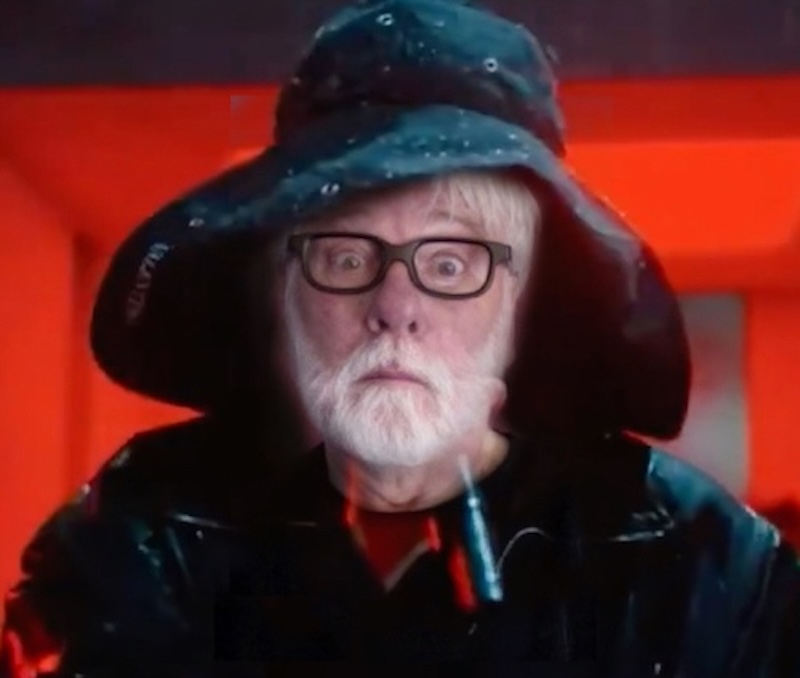
What Court Painter and his trusty Press Attache, A Hardon MacKay, decide upon as a subject for their pictorial and verbal analysis remains a closely guarded studio secret(keep it under their hat). However, it can be said that the following post was sparked by a journalist’s remark that Canadians are looking for something from the Carney government “to hang their hat on.”
As keen observers of the Court Painter postings will know, the resident studio scribe, Chatterley Grandiose Preposterous Thunderstruck (ChatGPT), is sometimes called upon to compose a narrative that illuminates a chosen subject—and at the drop of a hat took on the task of commenting on Canadians’ wish to find something from Carney “to hang their hat on.”
Editor’s Note : AHM was forced to edit heavily upon receiving the initial draft and apologizes in advance to all subscribers for taking up so much of their valuable time.
“The Great Canadian Hat Rack Accord”
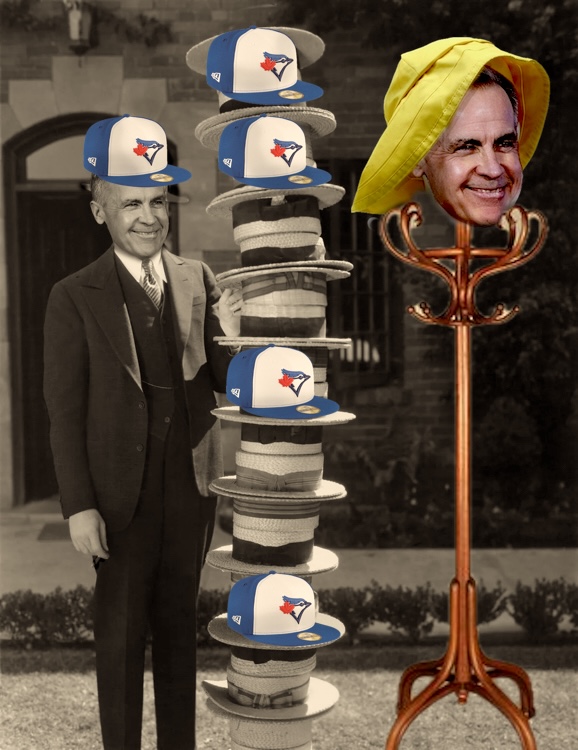
It began, as all great Canadian political crises do, with a polite but insistent demand.
Canadians, from coast to coast to coast, were telling Prime Minister Carney they wanted something from government they could hang their hat on.
At first, Prime Minister Carney’s aides assumed it was a metaphor—one of those reassuring idioms people toss around when they crave stability. But soon the letters and memes began arriving by the thousands : handwritten, digitally rendered ,carefully worded, and almost all containing the same refrain—“We need hat racks.”
The message was clear. Canadians were tired of having no place to hang their hats—whether they be trucker hats, toques, hijabs, bowlers,beach,hockey,ball & hard hats, or ceremonial head toppers. “We are a nation of many hats,” one op-ed in the Globe and Mail declared, “and it’s high time Ottawa recognized our collective cranial fashion diversity.”

To assure Canadians he wasn’t ‘talking through his hat‘, Carney established the National Hat Rack Initiative—the crown of Carney’s newly hatched Industrial Strategy.

A Nation Debates Hat Rack Industrial Capacity
The question of where to build the hat rack manufacturing plants quickly became the most divisive issue since pipeline politics. Each of the ten provinces and three territories demanded a fair share of the new “hat rack manufacturing and innovation clusters.”
Alberta wanted “traditional, rugged, western-style racks woven from sustainable tumble weeds.” Quebec insisted on “artisanal racks with cultural flair and optional fleur-de-lis finials.” Newfoundland demanded “weatherproof wall hooks” for sou’wester hats.
Prince Edward Island, with its limited landmass, offered to host “boutique, small-batch racks.” The Yukon lobbied for “smart racks” embedded with AI sensors to detect headwear type and offer temperature-adjusted hooks.
The negotiations were so delicate that Carney established a new ministry—the Department of Equitable Hat Rack Distribution and Allocation (DEHRDA)—to mediate.
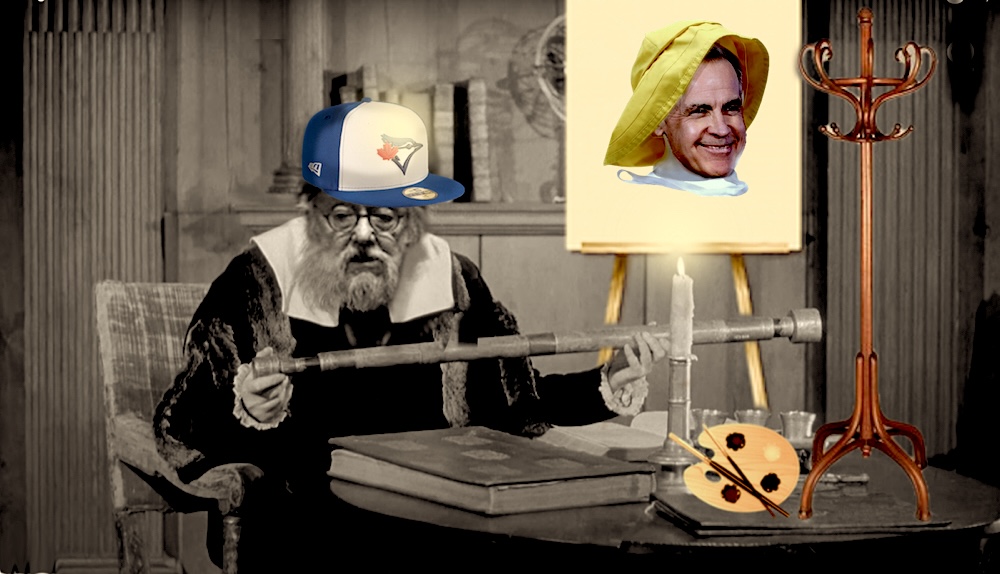
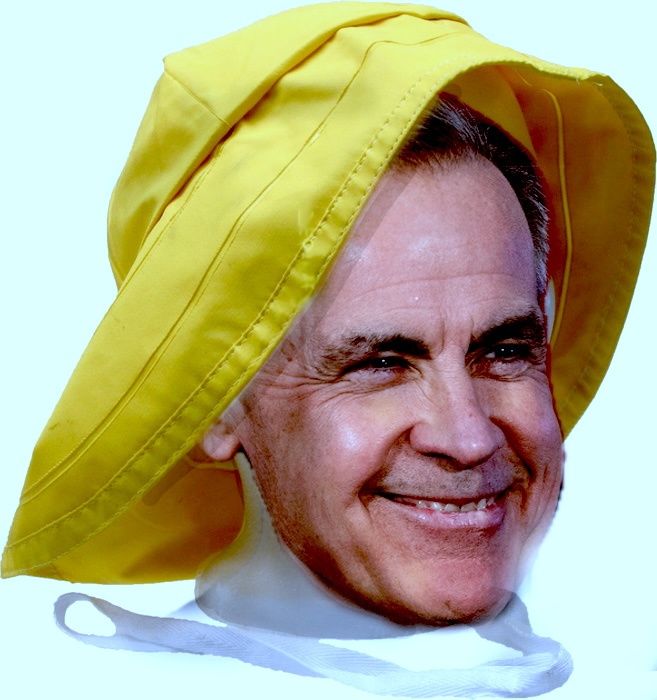
Energy Quotas and the Hat Rack -Power Debate
But trouble loomed on the energy front.
Hat rack factories, it turned out, were surprisingly power-hungry—especially the ones designed to integrate with Canada’s growing network of AI data centres. The so-called “smart racks” could suggest hat care routines, forecast expansion rates for narcissists ,recommend rackish angles and issue polite reminders to place hat back on rack with care.They also would come equipped with fun house mirrors ,adjustable backstage make up lights and a device charger.
This put them in direct competition with tech giants for scarce energy resources. Provinces with abundant hydro or wind power were reluctant to share. British Columbia’s premier was quoted as saying, “If Alberta wants smart hat racks, they can plug them into their yet to be approved wind turbines!
The federal-provincial talks stretched for weeks. Acronyms multiplied faster than hats at a Stampede parade. The “National Energy for Hat Rack Allocation Plan” (NEHRAP) was announced, delayed, scrapped, and re-announced under a new name: the Great Dominion Hat Rack Energy Accord.
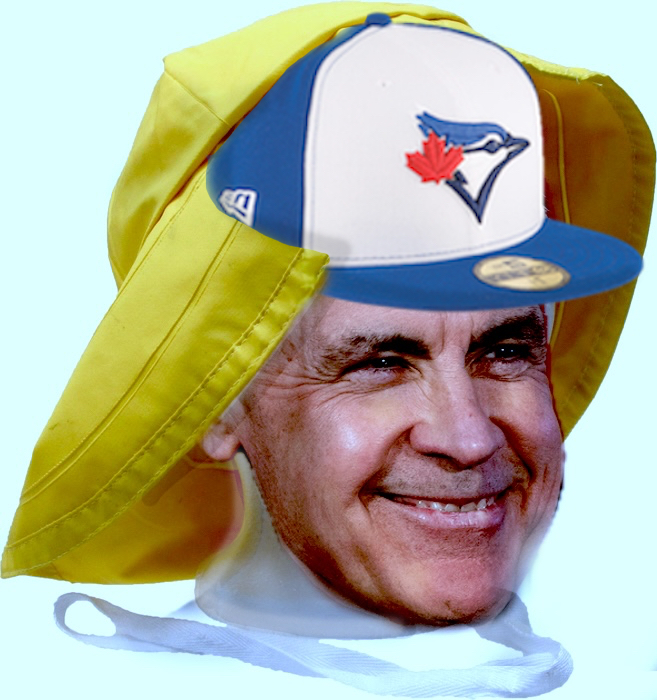
A Great Dominion Compromise Takes Shape
In the end, compromise prevailed, as it sometimes does in the Great Dominion.
Each province and territory would receive one flagship hat rack plant, (with Alberta and Quebec receiving two because they are such incessant whiners,) otherwise proportional to population and adjusted for private profit with tax dollar backing. The factories would be powered by a shared energy pool, managed by a central foreign owned AI known simply as The RACK (Resource Allocation Computational Kernel).
When Carney stood before Parliament to announce the deal, he called it “a model for cooperative federalism and a compromise all Canadians could ‘hang their hats on!”
And so, the Carney government gave Canadians something they could truly hang their hat on…rack it up to public pressure and clever diversionary tactics demanded of the time.
The National Hat Rack Initiative became an industrial policy and a metaphor for the Great Dominion itself which eludes all thoughtful folks to this day!

